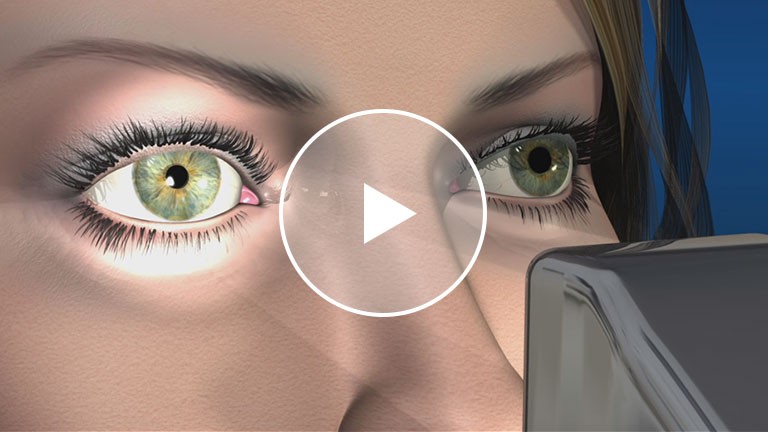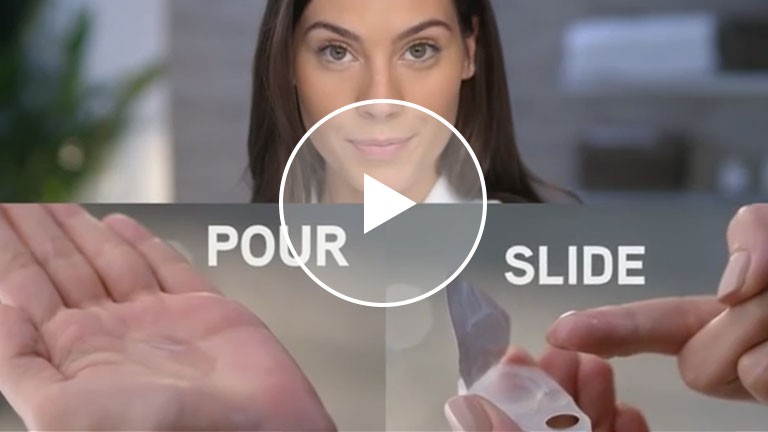Patient Education
Frame Gallery
- Details
- Written by Harbor View Eye Care Team
So you’ve had your eyes examined and picked out your new frames, and now you have an array of lens options from which to choose. One important option to consider is investing in an Anti-reflective coating, also known as AR coating. This feature has multiple advantages that can benefit almost anyone who wears glasses.
Today’s modern lens materials have a higher refraction index than previous...
- Details
- Written by Harbor View Eye Care Team
There are two basic types of astigmatism; myopia and hyperopia. These two types affect up to one third of the population and can be treated in a variety of ways from corrective lenses to surgery.
Myopia, or nearsightedness occurs when the eyeball is slightly longer than usual from front to back or the shape of the cornea is too steep. This causes the light entering the eye to come to a...
- Details
- Written by Harbor View Eye Care Team

The colored part of the eye is called the iris. It is composed of two muscles. The constrictor and the dilator. The black circle at the center of the iris is called the pupil and is actually just an opening to allow light into the eye. The pupil appears black because the inside of the eye contains pigment to absorb all of the light that enters it, not allowing any of it to reflect back out.
When light enters your eye there is a muscular reflex in your iris to regulate the amount of light that hits the retina. Too much light and constrict muscles tighten to making your pupil smaller to limit the amount of light entering your eye. Not enough light and the dilator muscles contract allowing your pupil to get bigger.
During a comprehension eye exam, your eye doctor might want to dilate your pupils to evaluate the back of each eye under high magnification. Without dilation, the bright exam light automatically causes your pupils to constrict, making a much smaller opening to look through.
Dilating drops cause your pupils to enlarge by inhibiting the constrictor muscles from reacting to light., then the doctor can use a bright exam light combine with a magnification lens for an unobstructed view of the internal structure of each eye, including the retina, macula and optic discs.
Dilation drops typically cause blurred near-vision and light sensitivity lasting about 4 to 6 hours. Sunglasses are usually worn afterward to relieve glare discomfort, but you should be safe to drive with caution.
This entry passed through the Full-Text RSS service - if this is your content and you're reading it on someone else's site, please read the FAQ at fivefilters.org/content-only/faq.php#publishers.
Recommended article from FiveFilters.org: Most Labour MPs in the UK Are Revolting.
- Details
- Written by Harbor View Eye Care Team
[unable to retrieve full-text content]
Maui Jim - Protect Your View
- Details
- Written by Harbor View Eye Care Team

- Putting your contact lenses in is easier than you think. Watch this short video to learn the proper way to apply your DAILIES® AquaComfort Plus® contact lenses, designed for a full day of refreshing comfort. In a few minutes, you'll be on your way, looking and feeling great with your DAILIES® AquaComfort Plus® contact lenses. Remember, it takes a couple of days to get used to putting in, wearing, and taking out your contact lenses. - Follow these easy steps to put in your contact lenses: first, wash and dry your hands with a clean towel. Open the contact lens pack and either pour the lens into the palm of your hand, or slide it out with your index finger. Check your contact lens: if it's shaped like a bowl, perfectly round on the edge, you're ready to put in your contact lens. If the edge is flared, flip it over. Using your free hand, pull your eyelid up gently. With the middle finger on the hand with the contact lens, pull down on your bottom eyelid. Then, with your contact lens on the tip of your index finger, gently slide the contact onto the center of your eye. Let go of your eyelid and blink once or twice. Repeat with your other eye and you're all set! Enjoy the all-day comfort of your DAILIES® AquaComfort Plus® contact lenses. Tonight, before bed, be sure to check out how to take out your contacts. - For more information on using contact lenses, talk with your eye care professional and visit www.dailies.com for more information on DAILIES® AquaComfort Plus® contact lenses and other Alcon products.
©2014 Novartis















